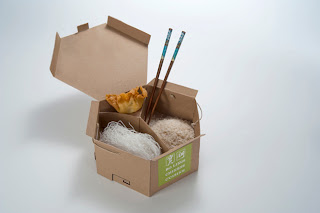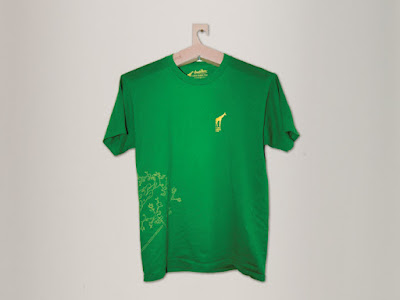Audit
In an attempt to investigate how well the university art,
media and design faculty performs from an environmentally responsible
perspective our group has carried out an audit. We felt that the key areas to
investigate were:
·
Energy – what, if any, energy saving practices
are in place?
·
Consumables – How does the university try to
minimize its environmental impact with its use of materials such as paper,
printing and the workshops?
·
Recycling – How well does the university perform
with recycling materials?
As our focus was on the AMD faculty my primary target was
the graphic design studio and the facilities associated with it. I found that
under the energy saving category this area performs badly; in fact the Henrion
building consumes the most energy on campus.
This is hardly surprising considering the large amount of
electrical equipment being used in the building however I think the following
changes could improve the situation greatly:
·
Increasing
the amount of natural light – The graphic design studio for example is
permanently lit with artificial lighting; vast amounts of strip lights are used
for this purpose which for most days of the year shouldn’t need to be turned on
at all. By changing the glass used in the
roofing for example would increase how much light comes into the room;
currently the glass isn’t fully transparent, blocking much of the suns light.
Further improvements could also be made by
changing the layout of the studio, currently the exterior wall has the crit
rooms against it, moving these to the opposite side of the room and installing
windows down this end of the building would no doubt increase lighting.
Other than saving energy by removing the
need for permanent lights this would have the added benefit of making the
studio more pleasant with natural sunlight shining into the room and for many
days of the year making it better lit than it is now.
·
Turning
off lighting – the studio will always need to be well lit, so lighting is
still essential, however energy could be saved by installing motion sensors
that will automatically turn off the lights when no one is in the room, this
would mean no energy being wasted lighting the room when no one is using it.
·
Heating
– another change I would investigate more would be how the temperature is
controlled within the studio, this would take the form of trying to improve the
insulation of the room; for example there is no ceiling to speak of in the
studio room, all heat within the room simply rises and leaks into the rest of
the building, containing the room would improve this.
I would also suggest looking at how the room is
heated during winter months, perhaps having a timer system would mean the room
is not being heated when it is not being used, the same system could be used
during summer months for the air conditioning.
Recycling - Even though I have noticed that we have recycling bins in our room for paper there doesn't seem to be any for any other materials. Since we are graphic design students we use a number of different materials for our projects from card to plastic. When we finish with these materials we end up throwing them in the normal bin in the room when we could be throwing them in the allotted recycling bin if there was one. I think this should be taken into consideration considering how much card and plastic we throw away not only for projects but at lunch to in the classroom there are a lot of bottles that can be recycled along with sweet wrappers and cardboard sandwhich boxes. These are the reasons why I think recycling should be upgraded in Henrion building and throughout the university
·
Electronic
Equipment – finally, the studio is home to several desktop computers and a
printer, in order to save electricity and save energy I would like to see these
being switched off when they aren’t being used – or if this is not feasible,
setting up a sleep mode that would initiate after a period of inactivity.
Audit Continued - Jordan
· Paper Sustainability - One aspect of studio work, which is not sustainable, is throwing away paper cut-offs and any paper with unused work or designs on it. This could be improved by reusing as much paper as possible or recycling it however the main reason this happens in the studio is because of convenience. If recycling was convenient and there was a designated place to put paper/card for recycling close to or in the studio this would improve this issue. Most students don’t want to carry around useless pieces of scrap paper along with everything else until they can recycle it or waste time doing it whilst working. This fits into the recycling audit discussed earlier in the audit.
Audit Continued - Jordan
· Paper Sustainability - One aspect of studio work, which is not sustainable, is throwing away paper cut-offs and any paper with unused work or designs on it. This could be improved by reusing as much paper as possible or recycling it however the main reason this happens in the studio is because of convenience. If recycling was convenient and there was a designated place to put paper/card for recycling close to or in the studio this would improve this issue. Most students don’t want to carry around useless pieces of scrap paper along with everything else until they can recycle it or waste time doing it whilst working. This fits into the recycling audit discussed earlier in the audit.
· Printing - Printing also affects the environment because of the chemicals used in inks and considering the amount of things printed throughout the course this is another aspect that affects the environment and the sustainability of the University. There are also ways we could improve this such as limiting the amount of printing we do or the size we print on to. We could also use inks which are less damaging to the environment.








































